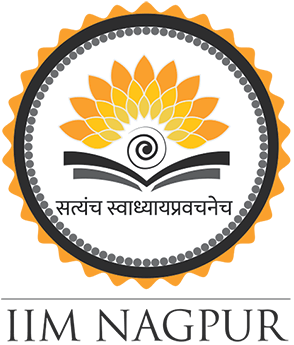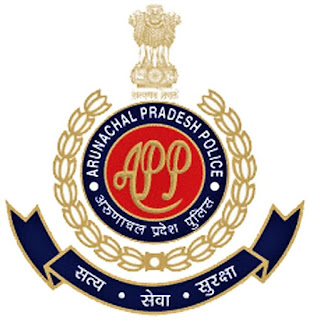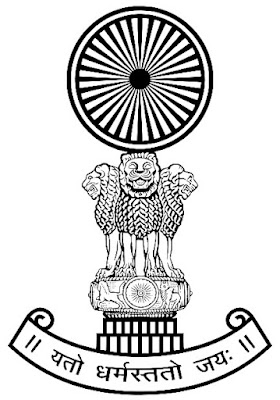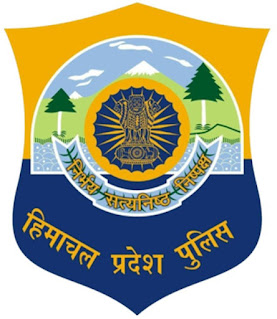INDIAN INSTITUTE OF MANAGEMENT NAGPUR

INDIAN INSTITUTE OF MANAGEMENT NAGPUR Indian Institute of Management Nagpur started its journey in the year 2015 under the mentorship of Indian Institute of Management Ahmedabad. The Institute’s first batch of Post Graduate Programme (PGP) in Management commenced on July 23, 2015. IIM Nagpur shifted to its new 132-acre campus, situated at MIHAN, Nagpur, Maharashtra, in November 2021. IIM Nagpur believes in creating and disseminating knowledge with the ultimate aim of impacting the practice. A line from the Upanishad expresses this belief aptly. In Taittiriya Upanishad, ninth section of Siksha Valli (Chapter-1) [TU-1.9] emphasises the practice of various duties of human beings with learning and teaching. “In particular, we adopted the second line 'सत्यं च स्वाध्याय प्रवचने च' meaning 'Merely knowing is not enough; one has to try to implement' as the motto for IIM Nagpur. Svadhyaya refers to self-study; profound and in-depth domain knowledge; relentle



